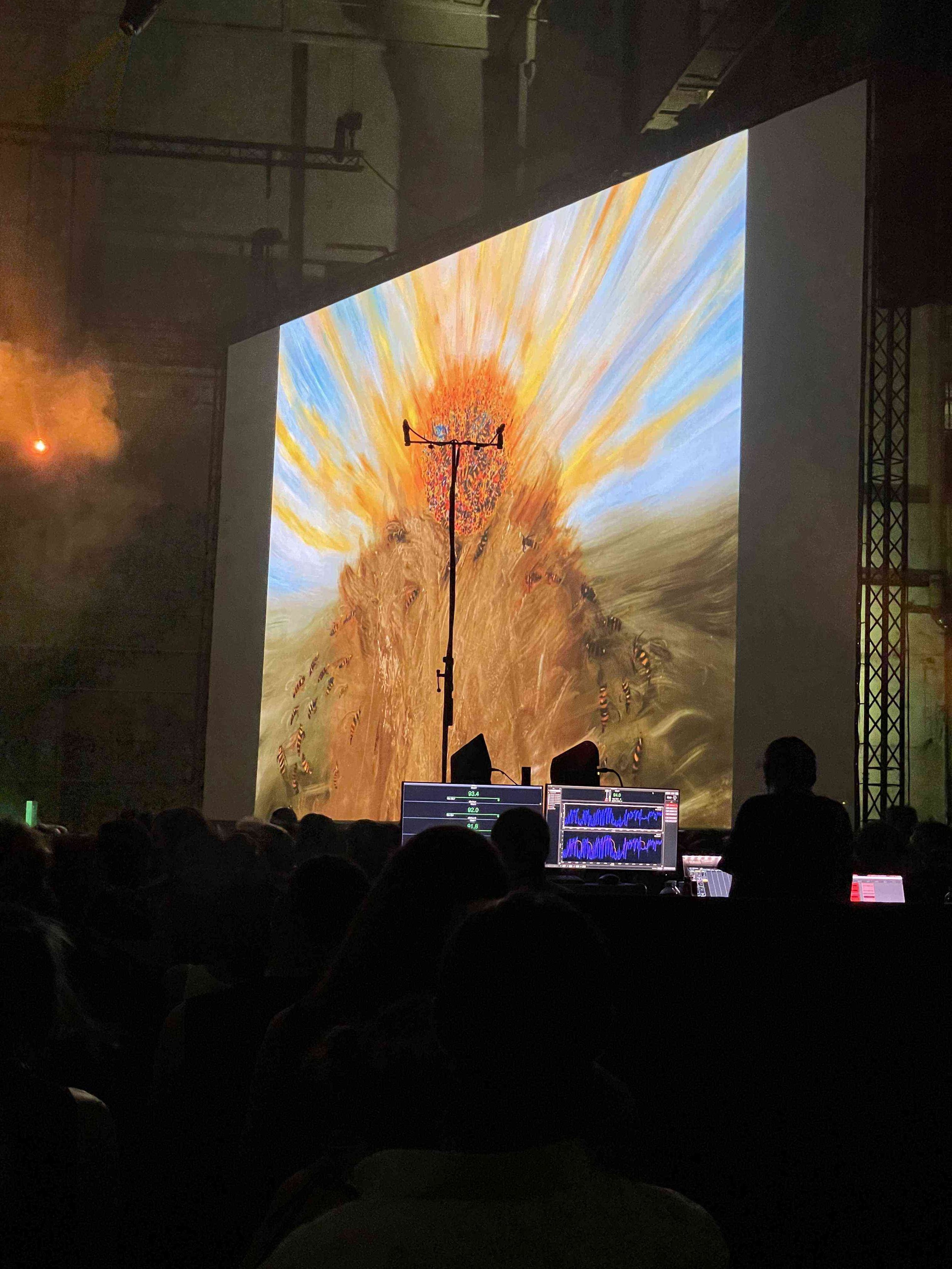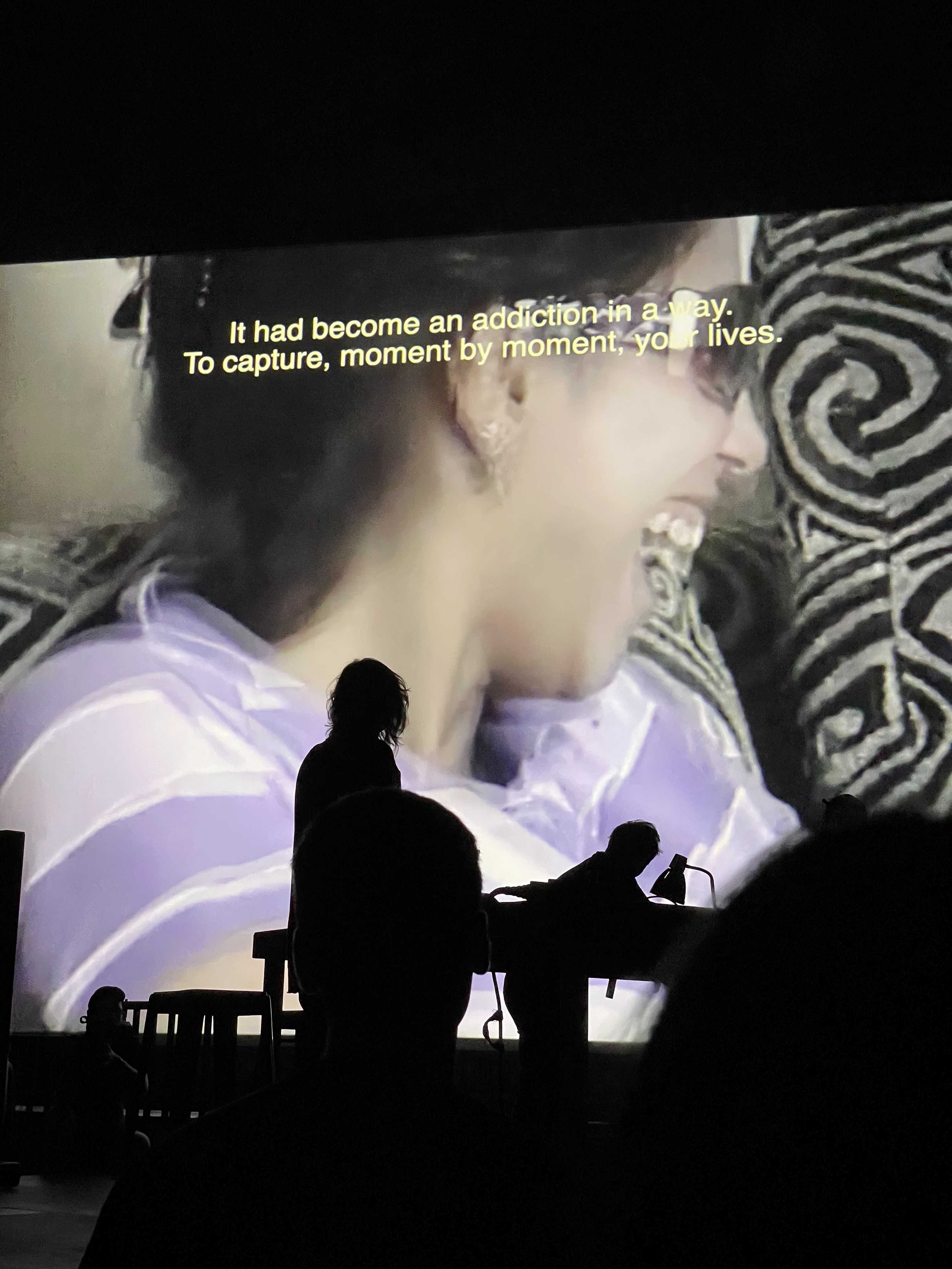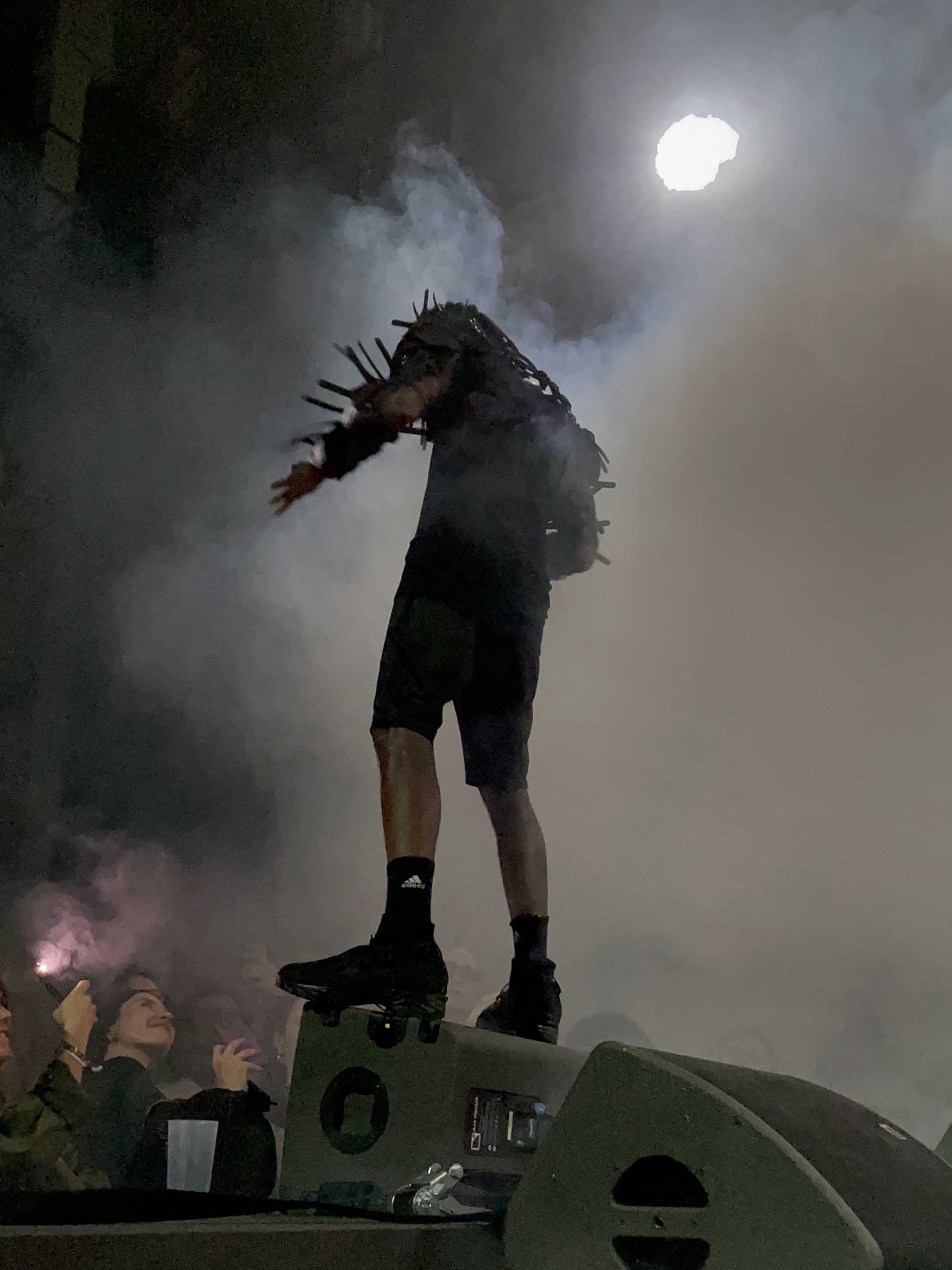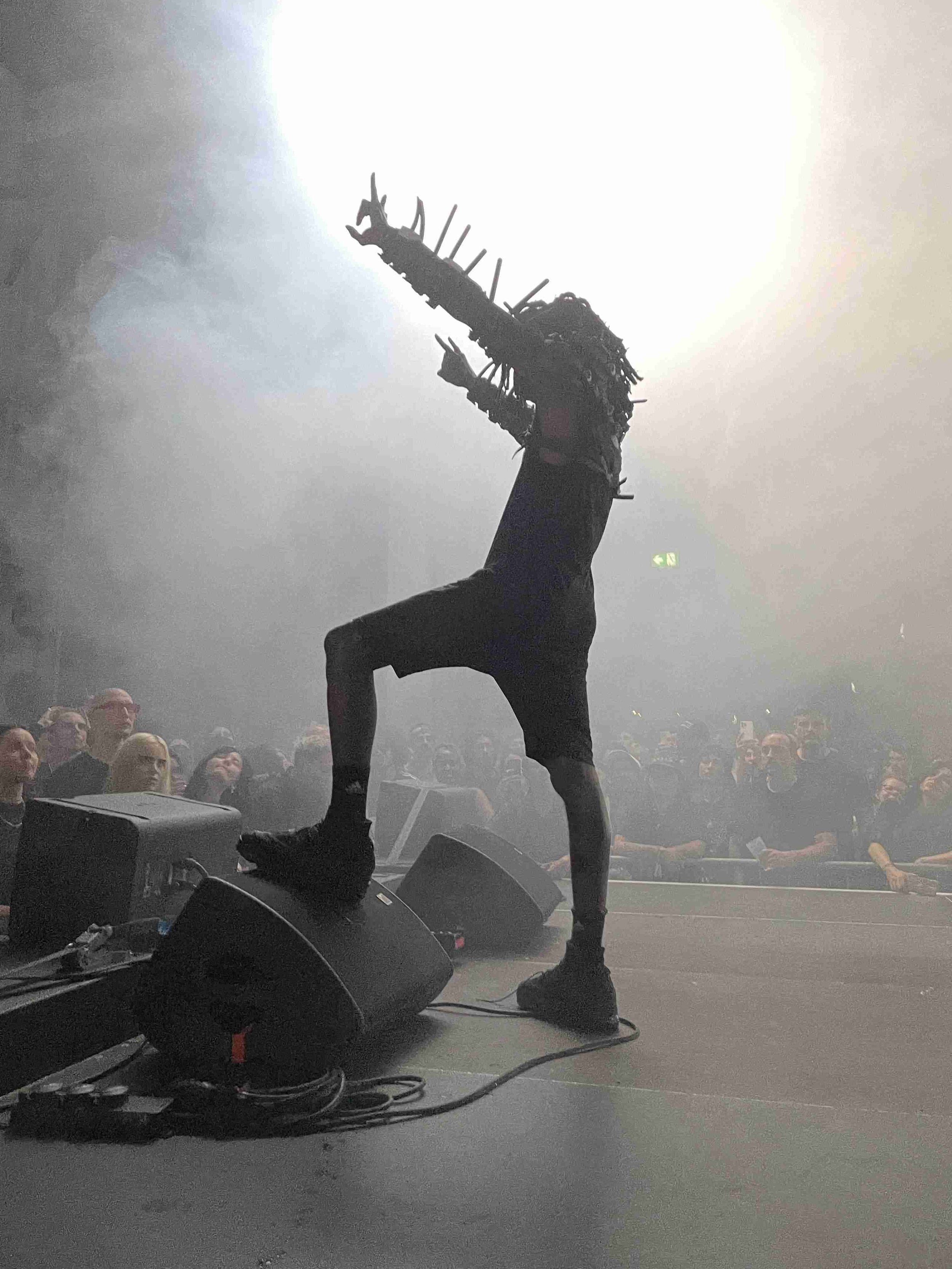Berlin Atonal 2024 "OPENLESS"
Since its inception in the 1980s, Berlin’s Atonal Festival has made it part of its mission to create a platform where the boundaries of music can be tested and rules can be broken. First created in 1982 by Dimitri Hegemann, who in an interview called it “a very DIY, underground operation,” the festival’s initial run lasted until 1990, when Hegemann decided to focus on opening his legendary techno club “Tresor.”
In 2013, the festival made a triumphant comeback and has once again established itself as a powerhouse for experimentation and innovation in Berlin and beyond. The direction and curation since 2013 has been taken over by Laurens von Oswald with Harry Glass.
For 2024, Atonal presented itself through the lens of a new concept: “OPENLESS.” As anticipated, this year’s edition offered a strong focus on site-specific performances and concerts, featuring a staggering 15 world premieres, which were complemented by two no-holds-barred club nights at Tresor/Globus and OHM. Compared to previous years, art installations didn’t play as big a role, encouraging the public to focus on the audiovisual experience of the presented works.
Each night of the festival was centered around a strong thematic concept, beginning with Friday's theme, “The Less Deceived.” The evening opened with Chris Watson and Izabela Dłuzyk's piece “Białowieża,” a delicate yet powerful introduction featuring a tapestry of contrasting sounds captured through field recordings in the Białowieża Forest, which lies on the border between Poland and Belarus. This forest is not only one of Europe's last wild natural spaces but also, in recent years, a crossing point for migrants from Africa and the Middle East seeking entry into the European Union. This set the tone for the night, where themes of migration and displacement took center stage.
The focus continued with a performance by Iranian-Canadian brothers Mohammad and Mehdi (Saint Abdullah), who collaborated with Irish sound designer and musician Ian McDonnell (Eomac) and London-based Italo-Australian video artist and filmmaker Rebecca Salvadori. Their work was a poignant, autobiographical reflection of their personal experiences, interwoven with evocative phrases like “performances are moments where you move in and out of sync.”
Then came the moment for the celebrated artists Forensis (Forensic Architecture), who premiered their collaboration with Bill Kouligas titled “The Drum and The Bird,” a “historical and journalistic multi-sensory performance.” This work combined the artists’ characteristic in-depth investigative approach with generative sounds and visuals, delivering a compelling examination of Germany’s neglected, dark colonial past. It highlighted the enduring consequences of genocide in Namibia through the perspectives and voices of its victims. While the performance's core message was undeniably powerful and worthy of attention, the vast industrial spaces of Kraftwerk may have been too expansive for such a profound reflection on the ongoing tragedy of postcolonialism.
The opening night was crowned by a performance from Lord Spikehart, an enigmatic artist who has emerged from Kenya’s death metal scene to become one of the most dynamic and recognizable voices in contemporary underground music. With an impressive display of energy and charisma, Spikehart captivated the audience, bringing the evening to a well-deserved close. However, as anyone familiar with Berlin knows, the nights here can be endless, and Atonal was no exception: many attendees of OPENLESS continued their night at Tresor/Globus and OHM, where a full-blown club lineup awaited them.
For those who returned on Saturday for the second night, titled “Transcriptions,” the festival seamlessly picked up where it left off. The evening was dominated by the dynamic energy and remarkable talent of Family N’Daye Rose, led by Doudou N’Diaye Rose, who is widely celebrated as “the modern master of the Sabar.” Recognized as a “Living World Treasure” by UNESCO in 2006 and described as a “mathematician of rhythm,” Doudou performed alongside his three eldest sons—Thione Ndiaye Rose, Tapha Ndiaye Rose, and Birame Ndiaye Rose. They harnessed and expanded upon the bodily energy of Lord Spikehart from the previous night, creating a deep sense of involvement and presence that may have been missing in other performances.
N’Diaye Rose was joined by the sonic duo LABOUR, as the evening evolved into a fusion of hypnotic traditional drumming and electronic music, radiating the atmosphere of a powerful ritual—a collective, performative reflection on life and death. However, a stronger connection with the audience would have elevated the experience, a sentiment clearly shared by the musicians on stage. The performance was further enhanced by the presence of performers moving through the audience, slicing through the crowd and creating moments of temporary disorientation, adding a unique layer of engagement for the viewers.
The highlights of the second night emerged later in the evening: Bela opened Tresor with a powerful display of controlled fury, delivering dubstep at its darkest, most sinister, and noisy, skirting the edges of techno while maintaining a strong presence of syncopated rhythms. This intense performance was followed by the equally impressive Lee Gamble. However, it was Demdike Stare who delivered one of the festival's most memorable performances. Their set began with a bold blend of gritty, textured sounds, combining Post-Punk, Post-Disco, and Afrobeat influences, interspersed with hints of '80s experimental industrial and Arabic disco.
As the set progressed, it transitioned into more contemporary styles such as Gqom, featuring highly danceable, scratchy, and abrasive industrial and techno rhythms. Demdike Stare demonstrated their boundless creativity, venturing into diverse musical territories and leaving their unmistakable mark on every soundscape they touched.
After the intense sensory experiences of the first two days, it’s understandable that the third evening, aptly titled “The Clearing,” might have felt like an afterthought to some attendees. However, overlooking this night would have been a serious mistake, as it featured equally compelling performances from artists like CS + Kreme, Sara Persico with Mika Oki, and Kelman Duran and Frankie. Sara Persico’s performance, enhanced by striking visuals, was a particular standout, providing a fitting conclusion to three days of musical exploration.
Looking ahead, the audience will surely be eagerly anticipating the summer of 2025, when Atonal is set to return in full force with an expanded program.
Words by Noel Nicolaus
Photography and Video by Franziska Von Guten and Matteo Zoop
Special thanks to Shaunyb666
What to read next




















